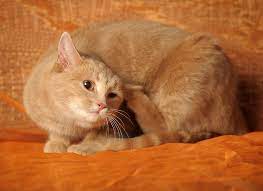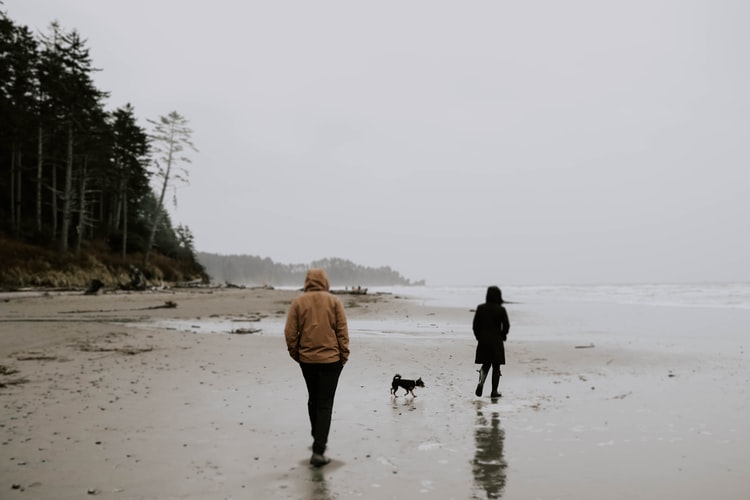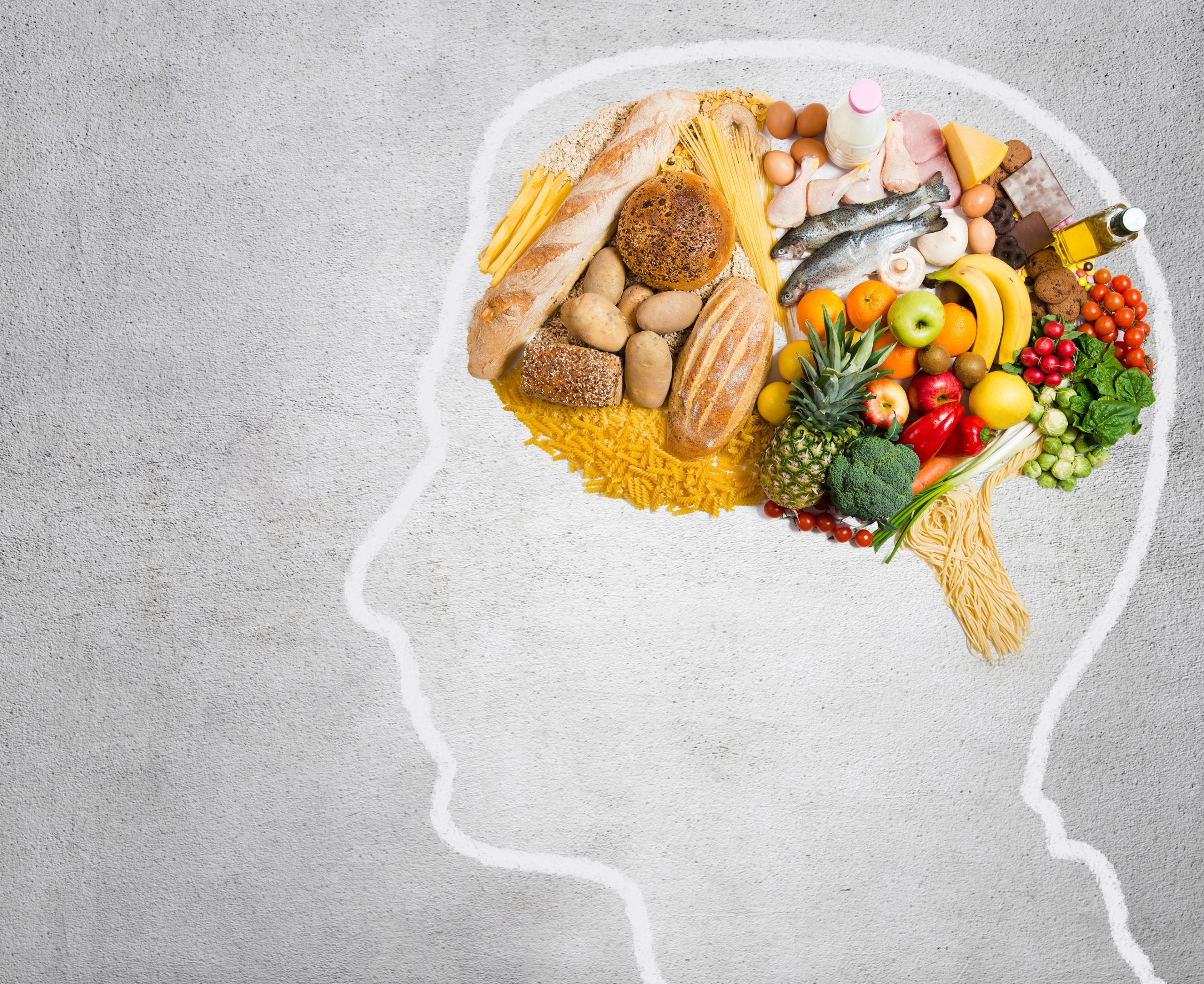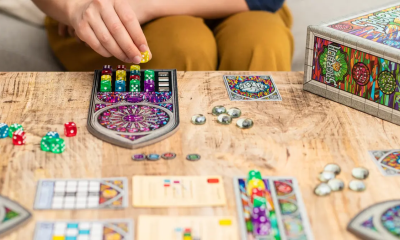Healthy Pets
Can Indoor Cats Get Fleas?

Can Indoor Cats Get Fleas? If you have an indoor cat, then you may be wondering if they get fleas. Fleas are a very common parasitic insect that can cause problems for your pet. Dogs and cats are both susceptible to this pest, and if your cat gets a bad case of fleas, then it is not uncommon for your home to become infested. This article will give you some advice on how to keep your pet healthy and flea free.
Itchy cat with visible live fleas
If your cat has been scratching too much or licking too often, you may be looking at a flea problem. Fleas can cause an allergic reaction to a cat’s skin and can be very uncomfortable.
Cats can get fleas from outside, but they can also pick them up from an infested home. This is why it is important to keep your home clean and free of fleas.
Fleas are tiny, wingless insects. Adults are about an eighth of an inch long, a bit smaller than a speck of salt. They can live for several weeks, or even a year, on their host. Typically, they take blood from their host, which can be a cat, a dog, or a human.
Flea dirt
If you own an indoor cat, you may have encountered flea dirt. Basically, flea dirt is a clump of dried blood that appears as tiny black dots. However, it is not as dirty as you might think.
The best way to determine whether your pet has a flea problem is to clean and inspect the pet’s environment. You can do this by checking bedding, combs and towels, and vacuuming the carpet. In addition, you may want to consult with a professional pest management specialist.
Fleas are not only a nuisance to your pet but also a health hazard. They can carry tapeworms, which spread through bites. Their bites are a major cause of anxiety disorders in some pets. Fortunately, it is not always possible to catch them before they are a hazard to your furry friend.
Flea allergy dermatitis
Flea allergy dermatitis (FAD) is an inflammatory skin disorder in cats. It is caused by an allergic reaction to flea saliva.
The main symptoms of FAD are itching, redness, and swelling. Some cats also develop secondary skin infections. These may require antibiotics or antifungal medications.
Treatment for FAD depends on the severity of the disease. For mild cases, the treatment usually involves controlling the fleas. This includes using flea-repellent products and washing pet bedding with hot water. In more severe cases, steroids may be used to control the itching.
In addition to a primary skin infection, cats with FAD may develop secondary bacterial or fungal infections. Atopica, an immune-modulating pill, is often prescribed to control inflammation.
Symptoms may begin shortly after a flea bite. However, it can take weeks or months before the condition becomes noticeable.
Tapeworms from ingesting fleas
When a cat ingests fleas, it can become infected with tapeworms. Tapeworms are a type of intestinal parasite that lives in the small intestine of a host animal. They are found in animals such as cats, dogs, and rodents.
These parasites are not dangerous to humans but they can be harmful to pets. The parasites have hook-like mouthparts that anchor them in the gut of their host.
Adult tapeworms can be up to six inches long. They have several tail segments that break off of the main body. After the segment breaks off, eggs are released into the environment.
A single treatment is often all that is necessary to treat an infected pet. However, cats that hunt may require regular deworming.
Preventing a flea infestation in your home
Preventing a flea infestation in your home is important for cats and other animals. The good news is that there are a variety of ways to do it, including a combination of cleaning methods.
Firstly, you should always try to keep your pet’s bedding, such as beds and blankets, clean. It should be laundered in hot water at least once a week. Secondly, you should vacuum at least once a week, targeting areas such as the basement, baseboards and cushioned furniture.
In addition to preventing a flea infestation in your home, you should take other steps to keep your pets healthy. This includes sanitizing their pet supplies and removing old flea-ridden pet bedding.
A flea’s life cycle is a complicated one, with different stages of development occurring over the course of several weeks. These stages include larvae, pupae, and adults.

Healthy Pets
How often do you walk your dog

Nowadays, walking your dog is the most natural thing in the world. Yet this is something of the past decades, when the dog became our family friend.
Where does our outlet habit come from?
How often should you actually walk a dog?
And what rules apply for this?
In this article we will give you all the information about walking your four-legged friend.
Why walk your dog?
Walking your dog seems like an all-time habit. You will think. Doesn’t he just have to pee and defecate? And how else does he get enough exercise?
But many of our dogs were bred many years ago for some task in our society. No matter how early!
First we had wolves and wolfdogs to hunt with. Later we had canids as guards, keepers and even pack animals.
Enough to do, for the dog of the past! And peeing and pooping, they did that in between somewhere in a bush or corner. Nobody cared about that.
But today most of the dog’s tasks have been taken over by machines and other modern developments. This left only the luxury position of pet for our four-legged friend.
Now, of course, there are dogs with tasks. Think of guide dogs, police dogs and of course the house and yard guards. Yet these are also held differently than in the past.
Just walking out the door for a visit to the toilet or a round about is no longer possible in our busy, modern society. So we let our dogs out.
How often should you walk a dog?
We usually walk our dog so he can go to the bathroom and get plenty of physical exercise.
Nowadays we see that dogs are often taken out three times a day. Early in the morning, noon and late at night. This is on average every 6 to 8 hours.
But consider that you can only pee or defecate once every 8 hours. And only has a few minutes to do so.
Of course your dog will get used to a certain walking rhythm. But that does not have to mean that urinating once every 8 hours is enough.
Especially for dogs that are not allowed to pee in the garden, making a pee and poo round once every 4 to 6 hours is a nice habit.
Holding stools for a long time can cause health problems. From bladder stones to nasty infections.
How much exercise does my dog need?
In addition, every dog needs sufficient exercise for a good condition and health. However, this differs per breed.
For example, walking for an hour makes a Chihuahua completely tired, but a Border Collie is far from wanting to go home.
Therefore, read carefully about the specific breed needs and observe your dog.
Appropriate movement also has to do with the condition of the body. Is your dog sick , old, pregnant or is he still a puppy? Then of course other rules apply.
These individuals can take it easy, and at temperatures above 20 ° C . For polar dogs, a temperature limit of 15 ° C even applies!
The type of exercise must also suit your dog.
Does your dog have an increased risk of hip or elbow dysplasia ? Climbing stairs, slippery floors, wild games with sharp curves and hard stopping times are not recommended.
But walking or swimming is ideal for these dogs !
Where can you walk a dog?
Have you figured out what to do with your dog? Always keep to the rules of the environment.
In all municipalities in the Netherlands, the dog must be on a leash in built-up areas. There is only an exception to this when you enter an area with the official signs “dog play area” or “loose run area”.
Outside the built-up area, dogs are often allowed to run free, but always keep to the signs of the municipality.
Read the given information carefully. Sometimes running free is only allowed at specific times or during special months of the year.
An example of this is the beach. Here dogs are often allowed between October 1 and May 1 loosening freely .
However, between May 1 and October 1, the busier summer months start with many visitors. Then adjusted times apply for running free.
Dogs are not allowed at all in some areas. This is indicated by means of a prohibition sign.
Another special situation takes place in natural areas. To protect wildlife in nature, dogs often need to be on a leash here. Sometimes they are not even welcome at all.
When entering these areas, the four-legged friend must be kept under control by the owner at all times.
The game can be hunted and cause serious accidents. The breeding area of certain birds and shelters for animals such as foxes, badgers and rabbits can also be disturbed in such a way that this has a detrimental effect on the natural population.
Is your dog going after game after all? Or can you not prove that he is perfectly under appeal? Then it can be concluded that you are present in the nature reserve with an ‘unauthorized hunting tool’. This is punishable.
For this reason, it is always advised to keep wind and hunting dogs on a leash in a natural area, to avoid unpleasant situations.
Fitness
Sinful Nutrition: The Dark Side of Vegetable Nutrition

Introduction
Eating vegetables is widely considered a healthy habit, as they are packed with essential nutrients and are low in calories. However, as with most things, there is always a flip side to the story. This article will take a closer look at the Sinful Nutrition Where Every Veggie Has a Dark Side Doesn’t Have to Be Hard and examine how these seemingly healthy foods can harm our health.
Pesticide residue One of the most significant concerns when it comes to vegetable consumption is the presence of pesticide residue. Many commercial farmers use pesticides to protect their crops from pests and disease, but these chemicals can linger on the product long after being harvested. Consuming fruits and vegetables contaminated with pesticides can lead to various health problems, including cancer, birth defects, and neurological damage.
Heavy Metals
Some vegetables contain heavy metals like lead, cadmium, or mercury. These metals can accumulate in the soil and, thus in plants due to pollution or other sources. Eating vegetables that are high in heavy metals can lead to serious health problems, including cognitive impairment, organ damage, and cancer.
Nightshade Vegetables
Nightshade vegetables are a group of vegetables that belong to the Solanaceae family, which includes tomatoes, peppers, eggplants, and potatoes. These vegetables contain a compound called solanine, which can be toxic to some people.
The plant produces solanine as a natural defense against pests and disease, but it can cause health problems in high concentrations. Consuming large amounts of solanine can lead to symptoms such as joint pain, headaches, and digestive issues.
These symptoms are “nightshade sensitivity” or “nightshade intolerance.” However, it’s important to note that these symptoms are generally rare, and most people can consume these vegetables without any issues. People with certain medical conditions or those who have experienced an adverse reaction to nightshade vegetables should consult their doctor or dietitian before eliminating these foods.
Nightshade vegetables, such as tomatoes, peppers, eggplants, and potatoes, contain a compound called solanine, which can be toxic to some people. Consuming large amounts of solanine can lead to symptoms such as joint pain, headaches, and digestive issues. Some individuals may be more sensitive to solanine than others and may need to limit their intake of nightshade vegetables.
Anti-nutrients
Anti-nutrients are naturally occurring compounds found in many plant-based foods, including vegetables, that can interfere with absorbing essential vitamins and minerals.
Examples of anti-nutrients include lectins, oxalates, and phytates. These compounds are typically found in the seeds, leaves, and outer layers of fruits and vegetables and protect the plant from predators.
While most people can consume moderate amounts of these compounds without any problems, those with sensitivities or certain health conditions, such as those with a tendency to form kidney stones or iron-deficiency anemia, may need to limit their intake of foods high in anti-nutrients.
Cooking, soaking, and fermentation can also help reduce the levels of anti-nutrients. Consult with a doctor or a dietitian for more information and personalized advice.
Conclusion
While vegetables are essential to a healthy diet, it is essential to be aware of theSinful Nutrition Where Every Veggie Has a Dark Side these foods. By understanding the potential risks, we can make more informed choices about the foods we eat and ensure that we get the most out of our vegetable consumption. It’s also important to note that eating various vegetables, getting them from a trusted source, and washing and cooking them properly can help minimize the negative impact. ”
-

 Apps1 year ago
Apps1 year agoWhy is Everyone Talking About Hindi Keyboards?
-

 Social Media1 year ago
Social Media1 year agoWho is Rouba Saadeh?
-

 Apps1 year ago
Apps1 year agoThings you need to know about Marathi keyboard today
-

 Apps1 year ago
Apps1 year agoStuck with Your default Bangla keyboard? Isn’t it time for a change?
-

 Games1 year ago
Games1 year agoTop 7 Popular Puzzle and Card Games for Relaxing Your Brain on Mobile, Featuring Solitaire
-

 Social Media1 year ago
Social Media1 year agoMati Marroni Instagram Wiki (Model’s Age, Net Worth, Body Measurements, Marriage)
-

 Entertainment1 year ago
Entertainment1 year ago12 Online Streaming Sites that Serve as Best Alternatives to CouchTuner
-

 Entertainment1 year ago
Entertainment1 year agoMovierulz Website: Movierulzz 2021 Latest Movies on Movierulz.com